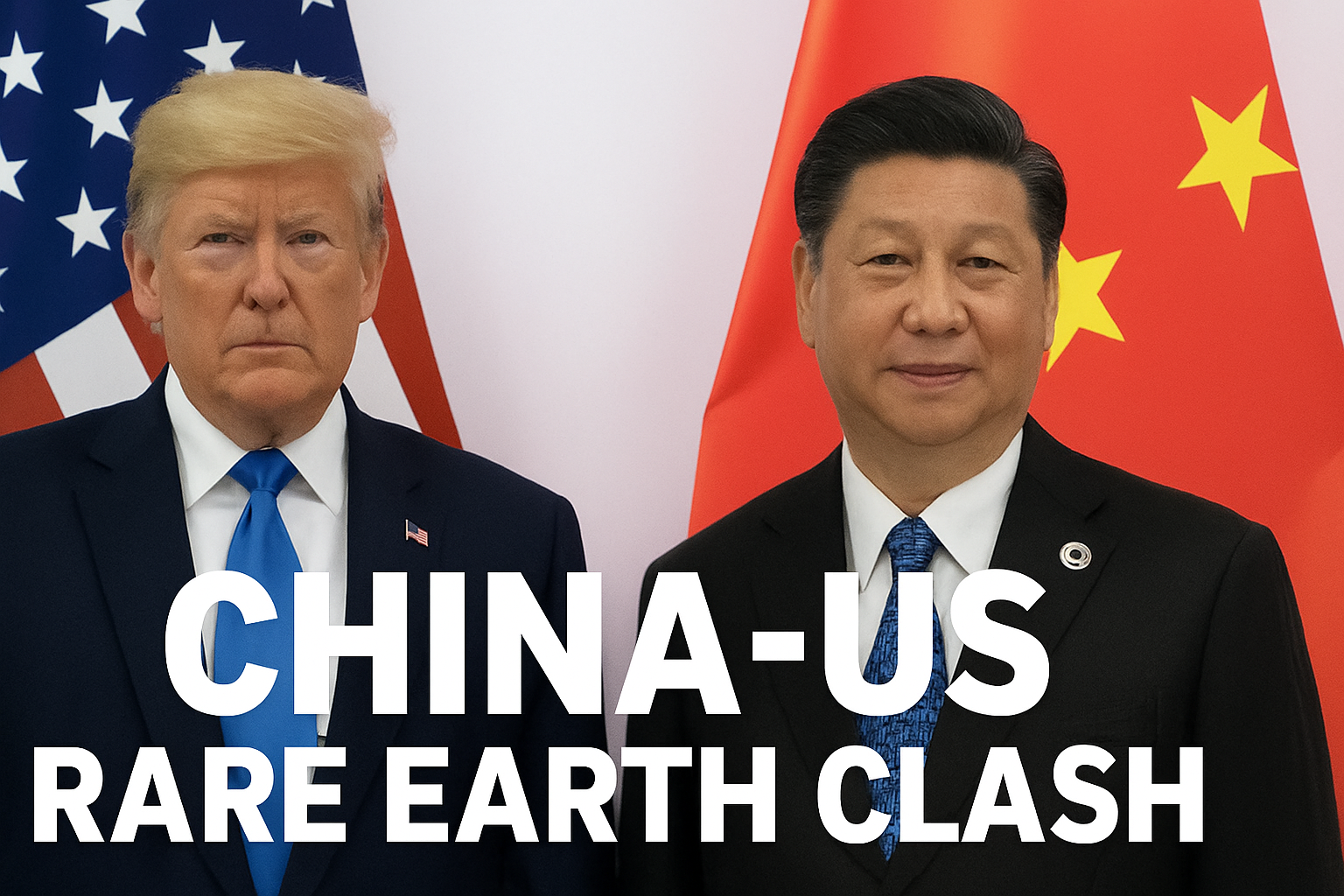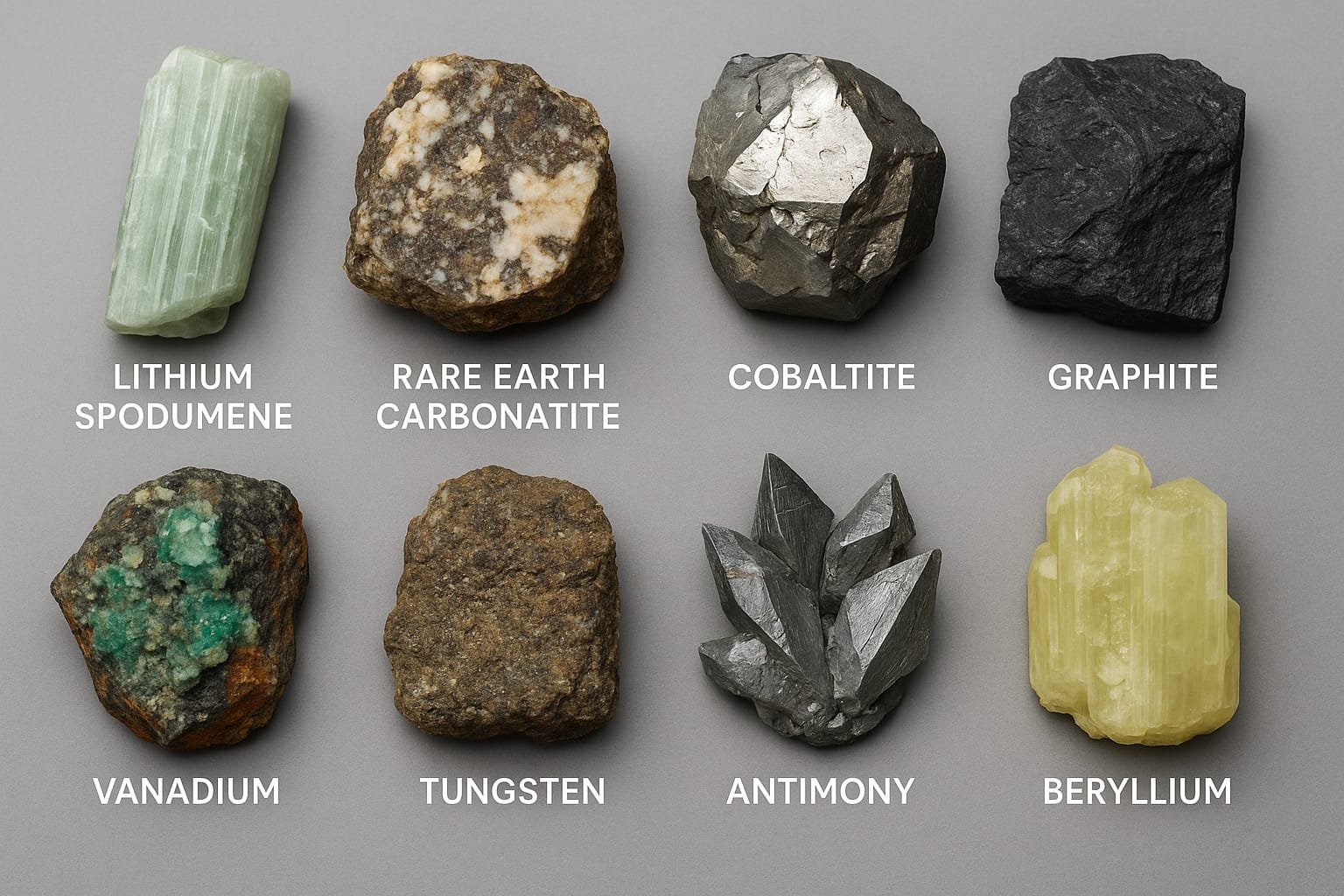
India is stepping up efforts to secure critical minerals by partnering with Australia, marking a major shift in how it sources raw materials for its fast-growing industries. With rising global competition and geopolitical risks surrounding mineral supplies, New Delhi and Canberra are moving closer to a long-term mineral agreement that could reshape trade ties and industrial strategy.
According to government officials, the two nations are negotiating a broader Comprehensive Economic Cooperation Agreement (CECA) that includes a key provision on joint sourcing and processing of critical minerals. These talks are happening under the umbrella of the 2022 India-Australia Economic Cooperation and Trade Agreement (ECTA), but now the focus is sharper: minerals essential to India’s energy and tech future.
At the heart of this effort lies a simple concern—India cannot afford to remain dependent on a single country, particularly China, for its critical mineral needs. Beijing currently dominates global rare earth processing and has previously restricted the export of rare earth magnets. Such restrictions have exposed the vulnerability of global supply chains.
To counter this, India has begun laying the foundation for mineral resilience. Part of its strategy involves building ties with mineral-rich countries like Peru, Chile, Argentina and Australia. The other part is focused on investing in domestic refining and collaborating with countries like Japan and South Korea for advanced processing technology.
Australia, in particular, has emerged as a crucial partner. The country is rich in over 30 critical minerals, including lithium, cobalt, rare earths, vanadium, nickel, and titanium. It is already the world’s top producer of lithium and among the top exporters of cobalt and rare earth elements. More importantly, Australia is also developing its own processing infrastructure, which India could potentially tap into.
Officials involved in the talks say that the India-Australia critical minerals partnership is progressing well. They are exploring possibilities of co-developing processing units, sharing exploration technology, and building a secure and transparent supply chain for the future. These minerals are vital for electric vehicles, solar panels, semiconductors and advanced weapons—all key to India’s strategic plans.
The partnership also reflects broader international efforts to reduce reliance on China. With support from the Minerals Security Partnership—a group that includes India, Australia, the US, and others—this collaboration fits into a wider plan to diversify global supply routes for minerals that power the clean energy transition.
Australia, for its part, has already begun supporting such partnerships through funding and policy changes. Under its Critical Minerals Strategy 2023–2030, Canberra is offering infrastructure support, processing incentives, and strategic investment funds to attract global partners. In recent months, Australia allocated over A$1 billion in financial support specifically for critical minerals development.
India is keen to tap into this opportunity. A senior Indian official said that the country is not only looking to source minerals but also to establish refining units within its borders with Australian collaboration. “This will help us cut costs, create jobs, and reduce shipping delays,” the official said, adding that a robust mineral supply chain is essential to India’s ambitions in clean energy and defence.
India has also made progress in talks with South American nations. Earlier this year, it signed the terms of reference for a trade agreement with Chile, and is in the process of finalising similar deals with Peru and Argentina. These partnerships are aimed at securing lithium and cobalt, especially for battery production.
The Australia deal is totally different in terms of its scale and long-term potential. Australia has already signed FTAs with several developed economies, including the UK and the EU, and India hopes that access to the same mineral processing standards and industrial cooperation will bring mutual benefits.
In recent remarks, Australia’s Deputy Prime Minister Richard Marles confirmed that the two countries are committed to strengthening their bilateral trade, and minerals are central to this vision. He expressed hope that a full CECA would be finalized “in the not-too-distant future,” enabling both sides to move forward on key sectors like mining, energy, and advanced manufacturing.
As the world moves rapidly toward cleaner energy and digital technologies, demand for rare minerals is expected to double or even triple by 2035. By acting early and forming strong alliances, India is trying to ensure it is not left behind.
If this agreement is finalized, it could allow Indian companies to co-own mining operations, invest in Australian refineries, or even host processing plants within India. For a country that plans to become a global hub for EVs and solar power, this mineral pact might just be the missing link in its industrial puzzle.
In a global race for resources, trust, timing, and technology matter. The India-Australia mineral partnership could prove to be a turning point—not just for trade, but for long-term strategic self-reliance.


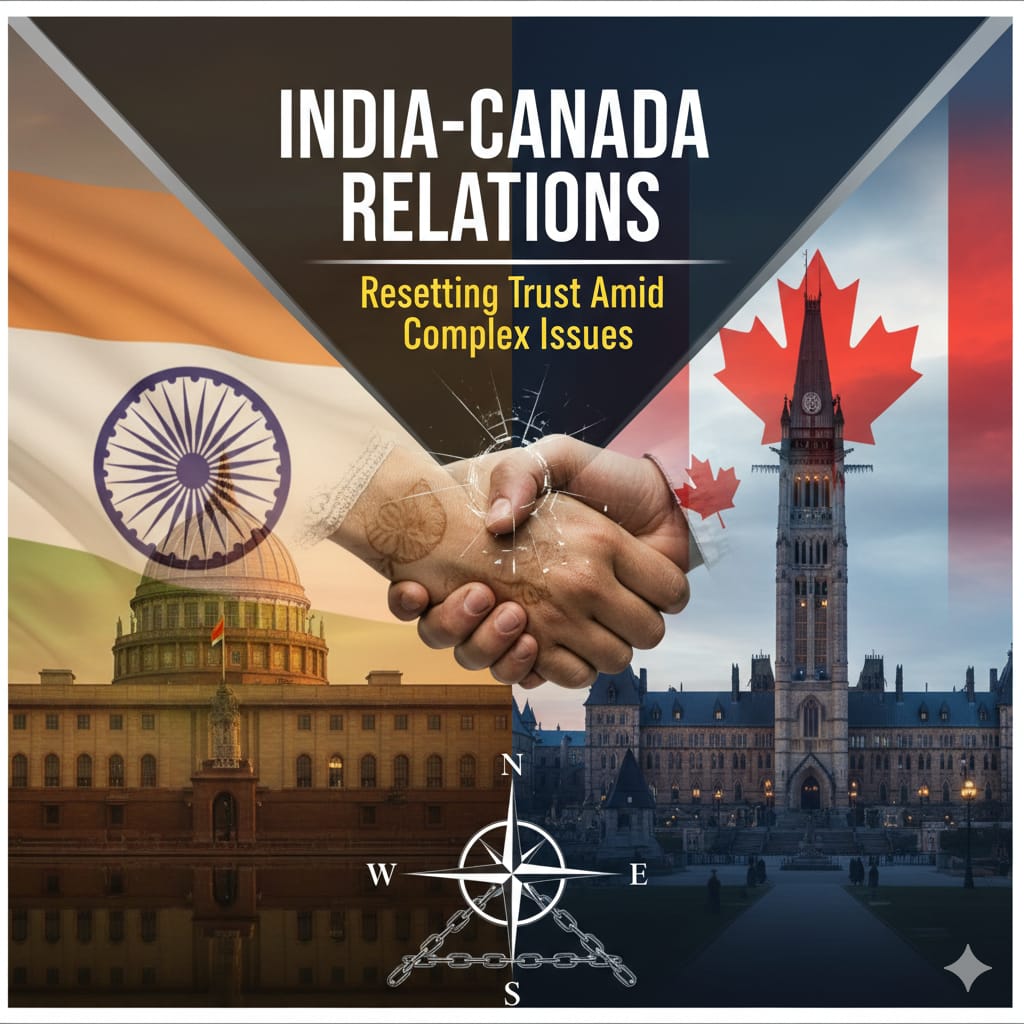
.jpeg)


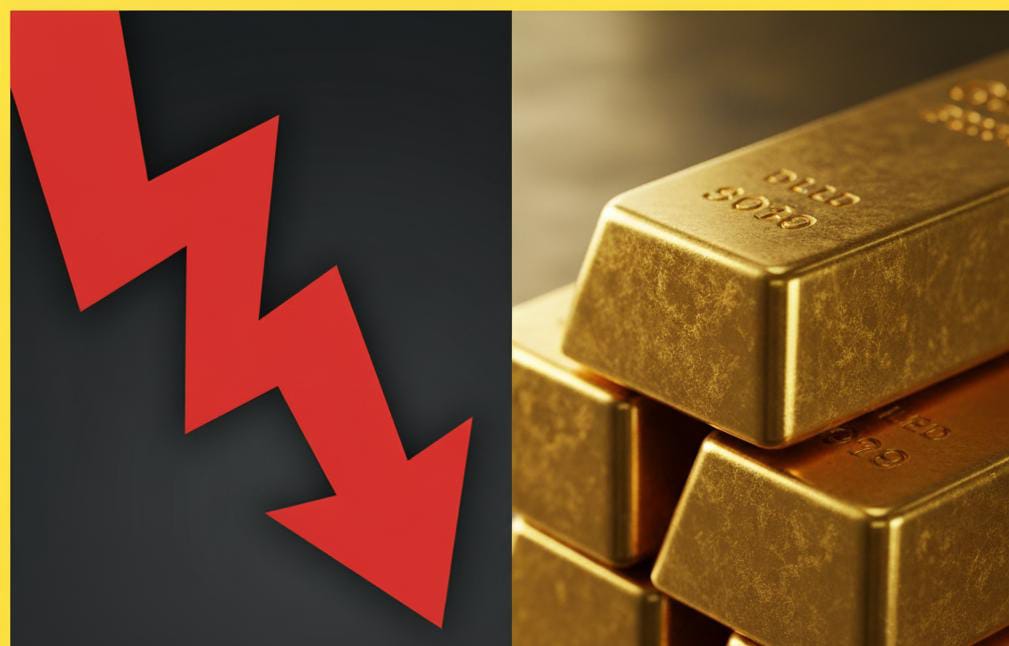

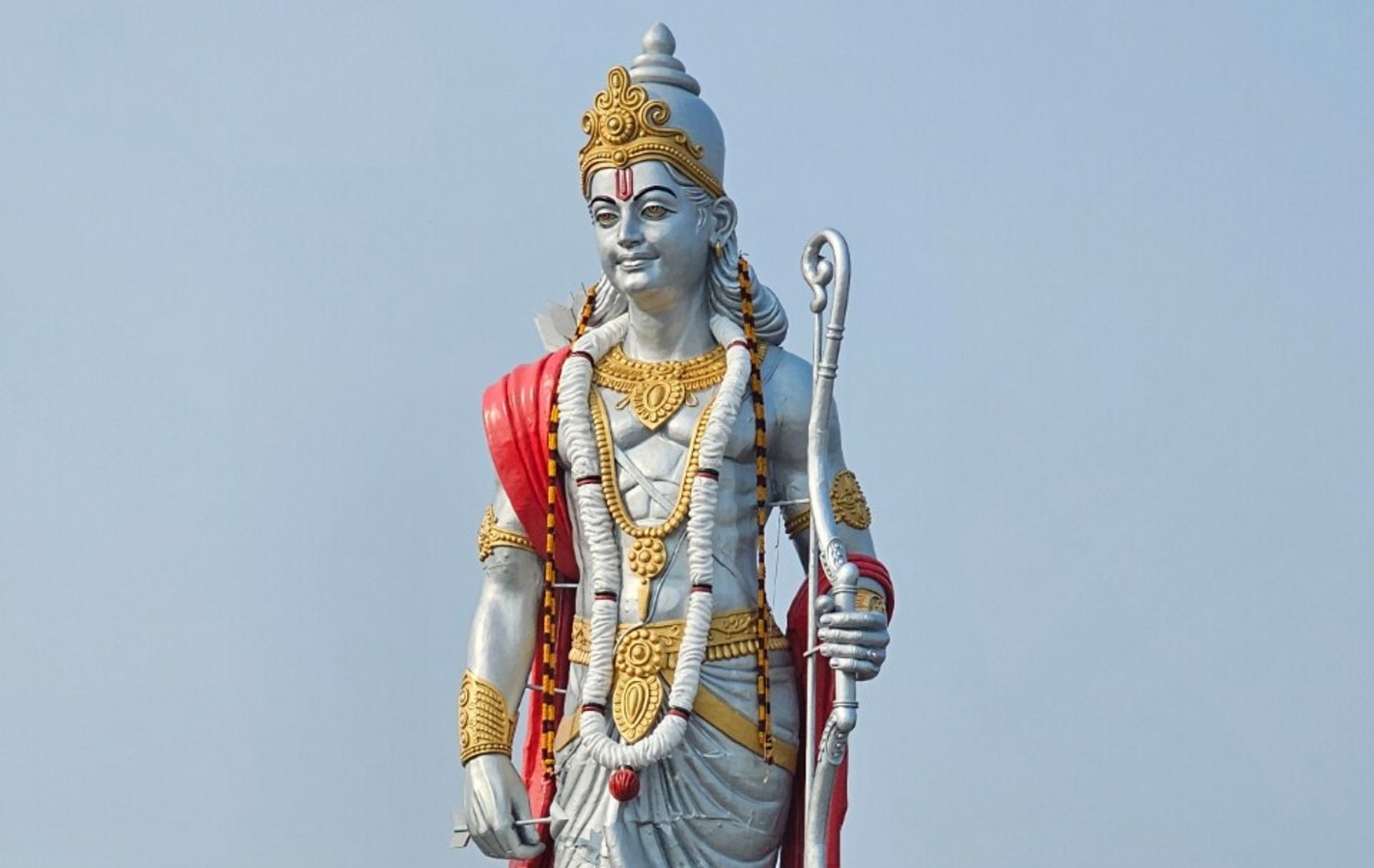
.jpeg)
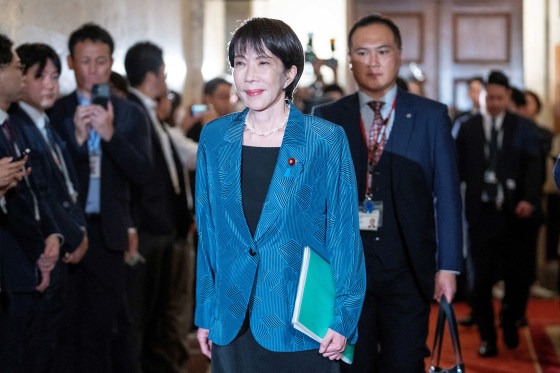


.jpeg)



.jpeg)
.jpeg)
.jpeg)
